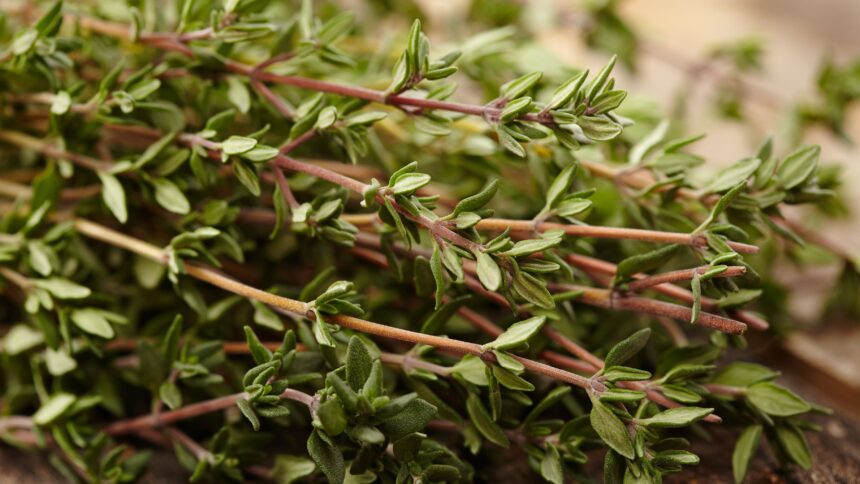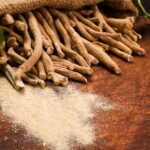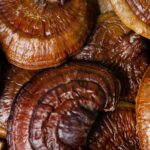Thyme is a popular herb widely used in culinary dishes, natural remedies, and even landscaping. If you’ve ever asked yourself, “What does thyme look like?” you’re not alone. Many people are curious about identifying this versatile and aromatic plant. In this article, we’ll provide a detailed description of thyme’s appearance, covering its leaves, stems, flowers, and overall growth habits to help you recognize it easily. Understanding what thyme looks like is essential whether you’re growing it in your garden, purchasing it at a market, or identifying it in the wild.
What Does Thyme Look Like?
The General Appearance of Thyme
Thyme (Thymus vulgaris) is a small, woody perennial that belongs to the mint family, Lamiaceae. It typically grows to a height of about 6 to 12 inches (15 to 30 cm) and spreads out to form a dense mat. The plant’s overall appearance is compact and somewhat bushy, making it an attractive addition to gardens and herb beds. Its small size and hardy nature allow it to thrive in rocky, dry soils where many other plants might struggle.
Leaves of Thyme
The leaves of thyme are one of its most distinctive features. They are small, usually measuring between 1/4 to 1/2 inch (6 to 12 mm) in length. The shape of thyme leaves can be described as ovate to elliptical, with a slight curve that gives them a somewhat oblong appearance. The edges of the leaves are often slightly rolled under.
The color of thyme leaves can range from a deep green to a grayish-green, depending on the variety and growing conditions. The upper surface of the leaves is usually smooth and glossy, while the underside may have tiny hairs, giving it a slightly fuzzy texture. When crushed or rubbed, thyme leaves release a strong, pleasant aroma, characteristic of the essential oils they contain.
Stems of Thyme
Thyme stems are thin and woody, particularly near the base of the plant. As the stems extend upwards, they become more tender and flexible. The stems are typically covered with tiny hairs, which can give them a somewhat fuzzy appearance. Young stems are green and may turn brown and more rigid as they mature. The woody nature of thyme stems helps the plant withstand drought and harsh growing conditions.
Flowers of Thyme
Thyme flowers add a touch of beauty to this otherwise modest-looking herb. The flowers are small, usually no more than 1/4 inch (6 mm) across, and grow in clusters at the tips of the stems. Thyme flowers can be white, pink, or purple, depending on the variety. They have a tubular shape and are highly attractive to pollinators like bees and butterflies.
The blooming period for thyme typically occurs in late spring to early summer, although this can vary based on the climate and specific variety. The flowers not only enhance the plant’s ornamental value but also contribute to its role in supporting local ecosystems.
Different Varieties of Thyme
There are several varieties of thyme, each with unique characteristics. While the general description of thyme holds true for most types, some variations may exhibit distinct features. Here are a few popular thyme varieties:
- Common Thyme (Thymus vulgaris): This is the most widely known variety, with small, green leaves and a robust flavor.
- Lemon Thyme (Thymus × citriodorus): Known for its lemony fragrance, this variety has slightly larger leaves with a green and yellow variegated pattern.
- Creeping Thyme (Thymus serpyllum): This low-growing variety is often used as ground cover. It has tiny leaves and produces a carpet of pink or purple flowers.
- Woolly Thyme (Thymus pseudolanuginosus): Characterized by its fuzzy, gray-green leaves, this variety is also used as ground cover.
Growing Conditions for Thyme
Understanding what thyme looks like also involves knowing its preferred growing conditions. Thyme thrives in well-drained soil and prefers full sun, although it can tolerate partial shade. It is drought-resistant once established, making it an excellent choice for xeriscaping or low-water gardens. Thyme can be grown from seeds, cuttings, or by dividing established plants.
In the garden, thyme can be used as an edging plant, in rock gardens, or even in containers. Its compact growth habit and attractive foliage make it a versatile addition to any landscape. Regular pruning helps maintain its shape and encourages new growth.
Culinary and Medicinal Uses of Thyme
Recognizing what thyme looks like is not only useful for gardening but also for culinary and medicinal purposes. Thyme is a staple herb in many cuisines, particularly in Mediterranean dishes. Its leaves can be used fresh or dried, and they pair well with meats, vegetables, soups, and stews. The herb’s strong flavor means that a little goes a long way in seasoning.
Medicinally, thyme has been used for centuries due to its antiseptic, antimicrobial, and antifungal properties. The essential oil extracted from thyme, known as thymol, is a common ingredient in mouthwashes and cough syrups. In addition, thyme tea is often consumed to relieve respiratory issues, digestive problems, and to boost the immune system.
How to Harvest Thyme
Knowing what thyme looks like will also help you when it comes time to harvest this herb. To harvest thyme, simply snip off the top 5-6 inches of the stems, preferably just before the plant starts to flower. This is when the essential oils are most concentrated, providing the best flavor and potency. Use sharp scissors or pruning shears to avoid damaging the plant.
After harvesting, thyme can be used fresh or dried for later use. To dry thyme, bundle a small number of stems together and hang them upside down in a warm, dry, and well-ventilated area. Once the leaves are dry and crumbly, strip them from the stems and store them in an airtight container.
Identifying Thyme in the Wild
If you’re interested in foraging or simply curious about spotting thyme in the wild, understanding what thyme looks like is crucial. Wild thyme can often be found in rocky, sandy, and dry areas, particularly in Mediterranean regions. Look for its small, woody stems and tiny, aromatic leaves. The flowers, when in bloom, are a good indicator as well, with their characteristic white, pink, or purple hues.
Common Misidentifications
Due to its small leaves and bushy growth habit, thyme can sometimes be mistaken for other herbs or plants. One common look-alike is oregano, which also belongs to the mint family. However, oregano typically has broader leaves and a more robust growth habit. Additionally, some varieties of thyme may resemble marjoram; however, thyme’s leaves are generally smaller and more aromatic when crushed.
Tips for Growing Thyme Successfully
To ensure your thyme plants thrive, consider the following tips:
- Soil: Thyme prefers well-drained soil with a neutral to slightly alkaline pH. If your garden soil is heavy clay, consider planting thyme in raised beds or containers with a lighter, well-draining soil mix.
- Watering: Water thyme sparingly, allowing the soil to dry out between waterings. Overwatering can lead to root rot and other fungal diseases.
- Sunlight: Plant thyme in a location that receives at least 6 hours of direct sunlight each day. While it can tolerate some shade, full sun produces the best growth and flavor.
- Pruning: Regular pruning encourages bushier growth and prevents the plant from becoming too woody. Trim back the stems after the plant flowers to promote new growth.
Thyme Throughout History
Thyme has a rich history that dates back to ancient times. The ancient Egyptians used thyme in their embalming practices due to its preservative properties. The Greeks burned it as incense in their temples, believing it to be a source of courage. The Romans used thyme to purify their rooms and added it to their baths for its aromatic qualities.
In the Middle Ages, thyme was often placed beneath pillows to ward off nightmares and was used in herbal remedies for various ailments. It has also been a symbol of bravery and strength, often given to knights and warriors before battles.
Conclusion
Understanding what thyme looks like is essential for anyone interested in gardening, cooking, or herbal medicine. Its small, aromatic leaves, woody stems, and delicate flowers make it a distinctive and versatile herb. Whether you’re growing thyme in your garden, foraging for it in the wild, or using it in your kitchen, recognizing its unique characteristics ensures you get the most out of this valuable plant.
Thyme’s hardy nature and wide range of uses have made it a beloved herb throughout history and across cultures. So, the next time you wonder, “What does thyme look like?” you’ll be equipped with the knowledge to identify and appreciate this remarkable herb.




